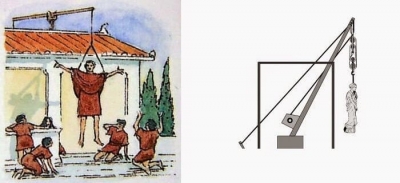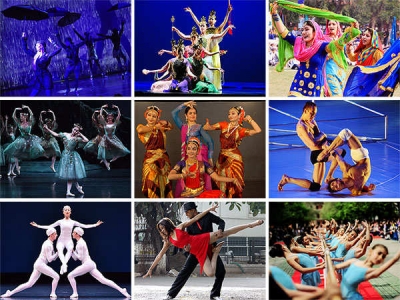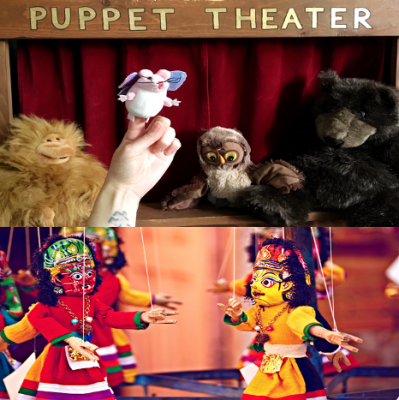
A form of textile art, tapestries have been in existence for centuries as decorative pieces depicting various themes
Tapestry is a textile art which has been in existence from the third century B.C It is an image depicting a mythological, religious or a historical scene woven into a fabric and used as a wall hanging. Aesthetic use of threads of various colours and intricate patterns make the image come alive as in a classic painting.
In the early days, tapestries not only served as decorative pieces but were also used for insulation during winter in castles. In royal courts, tapestries adorned the walls as a backdrop to the throne or the seat of authority. In the early 14th century, tapestries were The Bayeux Tapestry produced in Europe and became popular in many countries.
Tapestries also adorned cathedrals and churches. Artists were commissioned to make them for special occasions. Since they could be removed and folded, they were easy to transport and so were preferred to murals. Many famous tapestries are treasured as historical documents.
The Bayeux tapestry, the Sampul tapestry, the Quaker tapestry and The Lady and the Unicorn are some of the famous tapestries.
Picture Credit : Google





